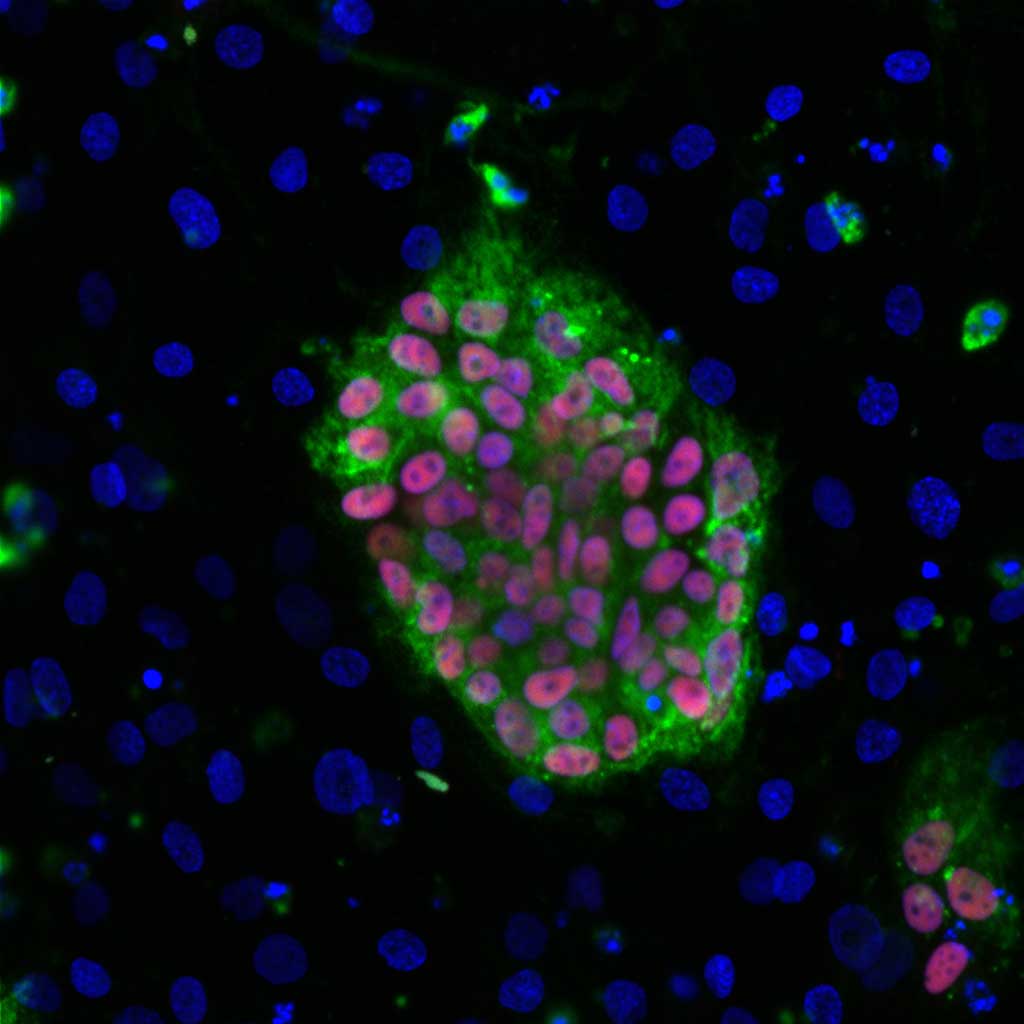
At the ALS Therapy Development Institute (ALS TDI) we test thousands of different compounds in our search for treatments for amyotrophic lateral sclerosis (ALS), commonly known as Lou Gehrig’s disease. To accomplish this, we need a way to test many potential treatments quickly – while still making sure that the data we gather from them is relevant.
Using Cells to Test Drugs
The best way to do this is to test drugs in small colonies of cells in a dish or test tube – a process known as in-vitro testing. In-vitro testing allows scientists to rapidly screen many different compounds, and then move the treatments that show promise – often called “hits” – into more complex models of ALS. Fish or mice, like those housed at ALS TDI, are examples of these complex models that are used for testing. They are biologically closer to humans, but take much longer than cells to test treatments.
Because animal testing is more time intensive, and because it is ethically important to minimize use of animals as much as possible, we want to ensure that the hits that emerge from testing in cells have the best chance of success in our animal models. In order to do this, we work to ensure that our cell models reflect the actual conditions in the cells of someone living with ALS. A good way to do this is to actually use motor neurons and other cells from someone with the disease but it would be impossible to harvest these directly. Thankfully, using induced pluripotent stem cells (iPSC) we can grow as many of them as we need in our lab, using little more than some skin cells taken from people living with ALS.
What is an Induced Pluripotent Stem Cell?
Stem cells are like the body’s building blocks that can grow into any kind of cell they need to be. These cells have much potential for use as therapies in many conditions, as well as being extremely useful for research. While adults have some stem cells naturally in their body, they are no longer “pluripotent,” meaning that they have lost the ability to differentiate into any cell type in the body. An adult stem cell from the liver can only become a liver cell, a stem cell from the skin can only become a skin cell, etc.
The discovery of induced pluripotent stem cells in the mid-2000s changed all this – earning the scientists who discovered the process for creating them the Nobel Prize in 2012. With the techniques they discovered, scientists can now revert cells from an adult back to a state similar to an embryonic stem cell – becoming an iPSC. Then, by using a specific combination of environmental conditions, growth factors, and chemicals that can that can influence the growth and development of a cell, they can grow or “differentiate” them into any kind of cell they need for their research.
iPSCs at ALS TDI
At ALS TDI, the use of these iPSCs allows us to accomplish a central pillar of our mission – learning about ALS from people with ALS – in our cell-based experiments. Partnering with participants in our Precision Medicine Program (PMP), we are able to harvest skin cells from people living with ALS, turn those cells into iPSCs, and then differentiate those cells into motor neurons, astrocytes (cells that support motor neurons), myocytes (muscle cells), or any number of other cell types for drug testing and other experiments. iPSCs can also be reproduced almost indefinitely, unlike most other adult cells – other than those from cancerous tumors. Before iPSCs, most experiments in human cells were either done in cells harvested from tumors or gene-edited to behave more like a cancer cell.
ALS TDI scientists use iPSCs to conduct many different kinds of experiments. Using iPSCs grown into motor neurons and other cells that express ALS pathology, we can treat these cells with drugs to see if it improves their rate of survival or causes them harm. By looking at different kinds of cells derived from people with ALS versus healthy controls, we can try to identify what is happening to the cell to cause ALS symptoms. A cell can take several months to grow from an iPSC into a mature neuron – by studying the cell at multiple times during this process, we can learn more about how some ALS mutations might affect cells even as they develop.
In cells from people with genetic mutations related to familial ALS, our scientists can edit out certain mutations (or even edit them into health cells) in order to study how these mutations, affect the cell biology. This allows the direct comparison of cell lines that are genetically identical, except for the one specific mutation of interest, which can confirm that findings seen in the cells are caused by that mutation. Using iPSCs from people with the sporadic form of the disease, on the other hand, allows to create a model of this kind of ALS – something that is impossible to do in an animal model.
To date, ALS TDI has collected more than 350 cell lines from PMP participants – each one of these represents a singular model of ALS that can play an essential role in our lab for years to come.
If you are interested in contributing to ALS TDI’s efforts to learn about ALS from people with ALS, including donating cell samples that can be turned into iPSCs, you can join our Precision Medicine Program. To learn more our other research to end ALS, click here.